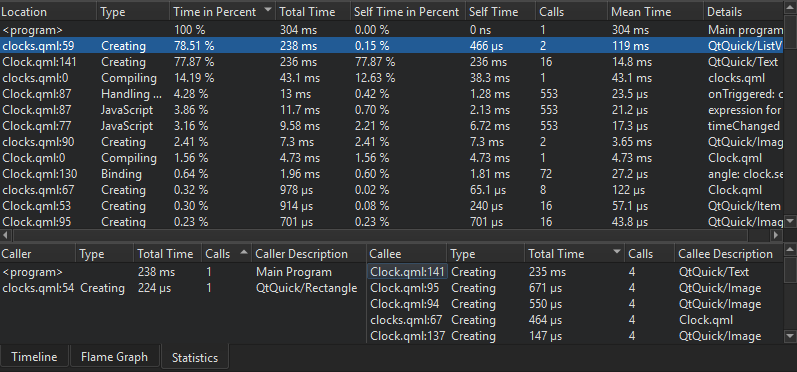Qt Update Gui From Thread
The topic of this year's Google Summer of Code project is customization. This is a small mid-term update on the status of this project. One of the primary benefits of. If you are looking for the Best Cpu Mining Software. They you have come to the right place. This GUI CPU Miner Software will make it Dead Simple for you to get some.
I tried this but instead of loading an image I just put some computations in newLabelText() (had to modify newLabel(),requestNewLabel()) to see if this actually resolves a common problem of freezing the UI when using threads when doing extensive background work (as the author suggests he/she wants to do). Hamburg Eddh Aerosoft Launcher here. And indeed it does freeze the whole thing for a bit (I put an LCD Number control and a button that I use for counting up and displaying the result on the LCD just to check if it does indeed freeze). Which also means that if we load a very large image, this might lead to blocking the UI. – Apr 25 '14 at 15:15. First and foremost,.
Normally you want to create a class derived from a QObject and move that class to a new thread object instead of deriving your class from a Qthread Now to get onto the specifics of your question, you're not able to directly modify the ui elements of your main GUI thread from a separate thread. You have to connect a signal from your 2nd thread to a slot in your main thread. You can pass any data that you need through this signal/slot connection but you're unable to directly modify the ui element (which in all honestly you probably do not want to if you intend to keep the frontend of your app separate from the backend). Checkout Qt's signal and slot for a whole lot more information. How can i do that?
You've already got the answers to what you should be doing, but not a why, so I'm going to add a why. The reason you don't modify GUI elements from another thread is because GUI elements are usually not. This means that if both your main GUI thread and your worker thread update the UI, you cannot be certain of the order of what happened when. For reading data generally this can sometimes be fine (e.g. Checking a condition) but generally you do not want this to be case. For writing data, this is almost always the source of very, very stressful bugs which occur 'at random'.

Another answer has remarked on good design principles - not only does constraining your GUI logic to one thread and firing signals to talk to it get rid of your race condition issues, but it also forces you to compartmentalize your code nicely. Presentation logic (the display bit) and data processing logic can then be cleanly separated out, which makes maintaining the two much easier. At this stage you might think: heck, this threads business is farrrrrr too much work! I'll just avoid that. To see why this is a bad idea, implement a file copy program in a single thread with a simple progress bar telling you how far along the copy is. Run it on a large file.
On Windows, after a while, the application will 'go white' (or on XP I think it goes gray) and will be 'not responding'. This is very literally what is happening. GUI applications internally mostly work on the variation of 'one big loop' processing and dispatching messages.
Windows, for example, measures response time to those messages. If a message takes too long to get a response, Windows then decides it is dead, and takes over.. So whilst it may seem like quite a bit of work, Signals/Slots (an event-driven model) is basically the way to go - another way to think of this is that it is totally acceptable for your threads to generate 'events' for the UI too - such as progress updates and the like.